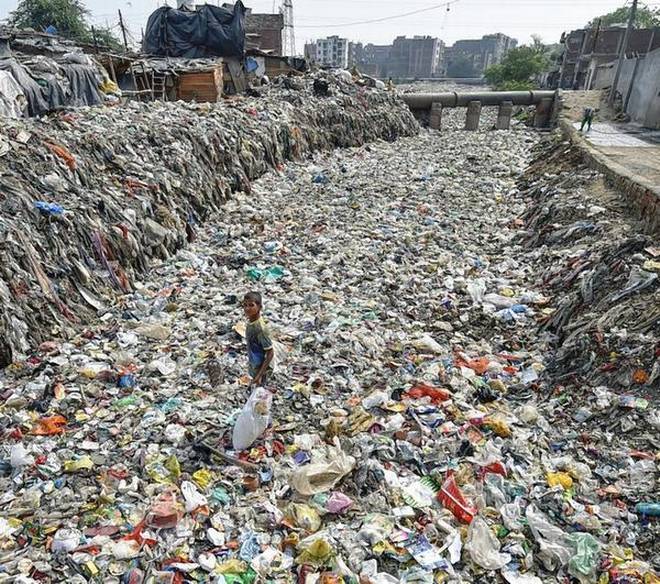
100 cities in India to benefit from UN’s plastic management plan

In the coming three years, the United Nations Development Programme (UNDP) will take its plastic waste management to 100 cities across India.
The UNDP move is aimed at combating the immediate and long-term challenges posed by plastic pollution. It aims to improve waste management across cities and towns and find solution to widespread challenge of littering.
The UNDP programme started in 2018, but was discontinued in between due to pandemic. So far, 83,000 metric tonne of plastic waste has been collected under the programme. The programme is scheduled to conclude in 2024.
“In India although about 60% of plastic is recycled, we are still seeing the damage that plastic pollution is causing,” Nadia Rasheed, Deputy Resident Representative, UNDP India, said in an interview to Reuters recently.
Also read: Flipkart goes eco-friendly, ditches single-use plastic in packaging
The NITI Aayog and UNDP India have jointly developed a ‘Handbook on Sustainable Urban Plastic Waste Management.’ The handbook is intended for urban local bodies (ULB’s) and provides practical, replicable, and scalable solutions to manage plastic waste. It captures best practices and examples from cities across India and Southeast Asia that face similar plastic waste challenges.
The UNDP project aims to:
- Create a socio-technical model for taking plastic waste management from informal to formal economy.
2. Establish Material Recovery Centres for sustained practices in waste management.
3. Institutionalize Swachhta Kendras within governance framework structures and improved socio-economic conditions of waste pickers.
4. Develop technology-supported knowledge management: Promote cloud-based traceability, accountability and digital governance.
Plastic pollution is set to triple by 2040, the UN Environment Programme (UNEP) has predicted, adding 23-37 million metric tons of waste into the world’s oceans each year.
India, also the world’s third-biggest emitter of greenhouse gases after China and the United States, has set 2070 as a target to reach net-zero carbon emissions, much later than those set by others and twenty years after the U.N.’s global recommendation.

